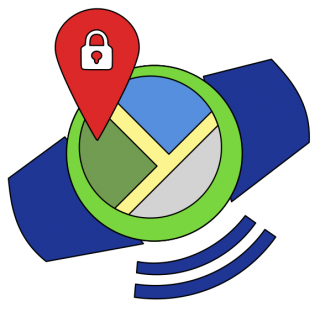“In the middle of difficulty lies opportunity”, Albert Einstein
The impact of COVID-19 pandemic on all aspects of modern life is undeniable. The ‘New Normal’ has made adjustments to how we behave outside the home, how we dress, what we consume, how we communicate, and even how we think. Pandemic has changed the world economy, distributions and leaders in market shares, among other stable things.
The question that we would like to address this post is: how did pandemic influence on IoT market as a whole and some parts in particular?
What has changed? We might observe the tendency of an increasing necessity on remote work or education from home. In addition, to avoid human contact nowadays more than ever contactless payments became popular: some organizations even started to refuse to accept payments by cash.
What has changed for wearables as a part of IoT? The role of the part of IoT named Internet of Health Things (IoHT) has increased significantly due to the need to measure pulse, respiratory rate, body temperature, oxygen levels, and other parameters that can be useful in diagnosing the virus and monitoring the progress of the disease in an infected person [3].
The totally opposite situation is observed for industrial wearables. All the forecasts before 2020 predicted similar trends: linear growth of the market of the IIoT promising approximately 162 million euros by 2023 [1] and 216 million by 2027 [2]. However, these forecasts were conducted before the COVID-19 appeared in our lives. Due to the pandemic, many enterprises terminated their businesses or even claimed bankruptcy. Indirectly, we can estimate a decrease in production capacity by an increase in unemployment. For example, the BBC published statistics on layoffs by sector in UK from February to November last year [4]. According to these statistics, one of the most significant blows hit the manufacturing, construction, transportation, and storage sectors.
What does this situation mean for industrial wearables? From one perspective, as above-mentioned,the demand for industrial wearables is decreasing. However, this time is also a time for opportunities in industrial equipment using wearables. Some producers of wearable devices quickly began to adjust to the circumstances. For example, Estimote company upgraded their tracking wearables making them remember the contacts between workers that are closer than 2 meters [5]. When some workers report dangerous symptoms, the administration builds up the map of connections and isolates all the people who had close contact with the infected person. Digital contact-tracing apps are increasingly implemented on mobile devices, including industrial wearables.
In this vein, it is also worth mentioning the development of new technologies for proximity detection (e.g. Bluetooth 5, UWB available for smartphones, next Wi-Fi generation), which would be capable of providing centimeter-level positioning accuracy [6]. Such a level will help people to track and avoid close contacts with infected persons and, consequently, reduce the likelihood of infection.
To conclude, it is our belief that the positive outcomes may exceed the negative ones in the IoT market in the long term. Some shares of the market have experienced and will continue to experience difficulties, while novel markets and business models are likely to emerge. We believe that the opportunity arose to help societies to create a stable and bright future through innovations.
References:
- https://www.alliedmarketresearch.com/industrial-internet-of-things-IIOT-market
- https://www.meticulousresearch.com/download-sample-report/cp_id=5102
- Opinions: The role of wearables under the pandemic situation. A-WEAR. Available online: https://projects.tuni.fi/a-wear/news/opinions-the-role-of-wearables-under-the-pandemic-situation/
- Unemployment rate: How many people are out of work? BBC. Available online: https://www.bbc.com/news/business-52660591
- Workplace safety with wearables. Estimote. Available online: https://estimote.com/wearable/
- What Proximity Detection For Contact Tracing Apps Is Going To Look Like In 2021. Available online: https://www.forbes.com/sites/ramseyfaragher/2020/06/16/what-proximity-detection-for-contact-tracing-apps-is-going-to-look-like-in-2021/?sh=3abcf30e6fa2

